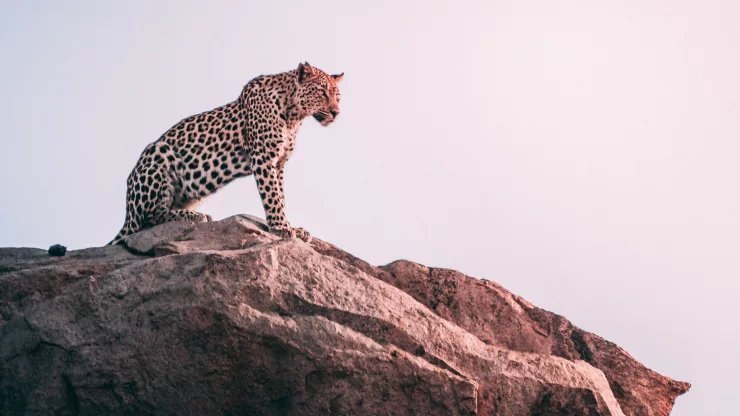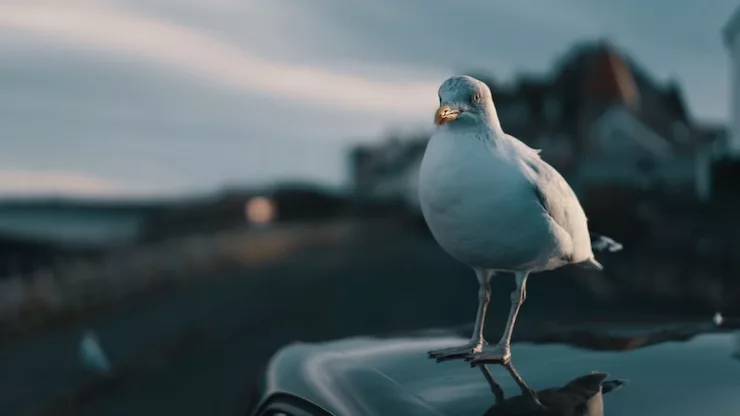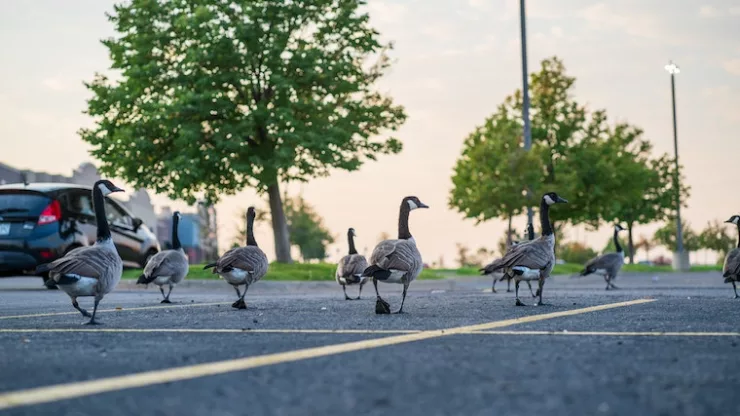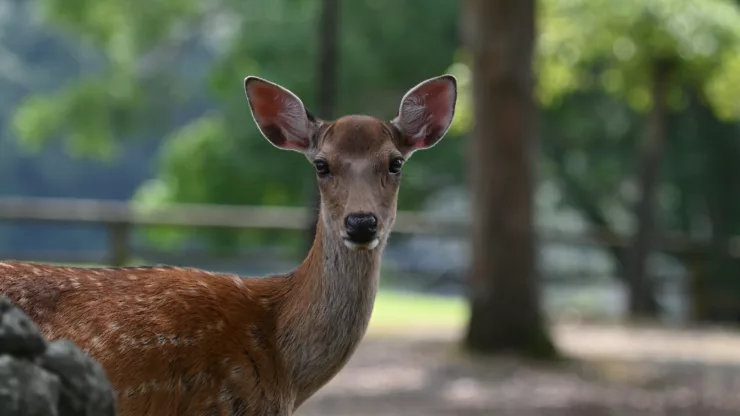The concrete jungle may seem like an unlikely place for wild animals to thrive, but many species have adapted to life in the city.
From raccoons to coyotes and even bears, these creatures have found ways to coexist with humans and create heartwarming tales of compassion and companionship.
In this article, we will explore the ways in which wild animals adapt to city life, the surprising bonds between humans and wildlife, and inspiring stories of coexistence.
Jump to Section
Heartwarming Tales of Wild Animals in the City
Despite the challenges of living in the city, wild animals have found ways to thrive and even form bonds with humans.
Some of the most heartwarming tales involve animals that have been rescued or helped by kind-hearted individuals.
For example, a group of residents in Brooklyn, New York, came together to save a swan that was found injured on a busy street.
After nursing the bird back to health, they released it back into the wild.
Other heartwarming tales involve animals that have become beloved members of a community.
In Toronto, Canada, a family of beavers has been living in a park for many years, delighting visitors with their antics.
In Japan, a group of macaques has learned to use vending machines and hot springs in a park, and have become a popular attraction for tourists.
How Wild Animals Adapt to City Life
Wild animals are highly adaptable, and many species have found ways to survive and thrive in urban environments.
Some of the ways in which they adapt include:
- Changing their diets to include human food
- Using human structures for shelter
- Avoiding humans during the day and becoming active at night
- Learning to cross busy streets safely
While these adaptations can be beneficial for the animals, they can also lead to conflict with humans.
For example, raccoons that become dependent on human food may become a nuisance or even a health hazard.
The Surprising Bonds Between Humans and Wildlife
Despite the potential for conflict, some wild animals have formed surprising bonds with humans. In some cases, these bonds are formed through rescue and rehabilitation efforts.
For example, a group of volunteers in California formed a friendship with a blind sea lion that they rescued from a beach.
After nursing the animal back to health, they released it back into the ocean, but it returned to the beach to visit its human friends.
In other cases, the bonds are formed through shared experiences.
For example, a man in Canada formed a special bond with a family of foxes that lived near his home.
He would leave food out for them, and eventually, they became comfortable enough to eat out of his hand.
Inspiring Stories of Compassion and Coexistence
There are many inspiring stories of humans and wild animals coexisting in the city.
One such story involves a family of raccoons that made their home in a woman’s attic.
Rather than calling an exterminator, the woman worked with a wildlife rescue organization to safely remove the animals and relocate them to a nearby forest.
In another story, a group of residents in Los Angeles came together to create a wildlife corridor for mountain lions.
The corridor allowed the animals to safely cross a busy highway and access new territory.
FAQ
How can I coexist with wild animals in the city?
The best way to coexist with wild animals is to respect their space and avoid feeding them.
Keep your garbage secured to avoid attracting animals, and be mindful of their behavior when encountering them.
What should I do if I come across an injured or sick wild animal?
Contact a wildlife rescue organization or animal control agency to report the animal and get help.
Do not attempt to handle the animal yourself, as it could be dangerous for both you and the animal.
What are some common wild animals that can be found in the city?
Some common wild animals in the city include raccoons, squirrels, pigeons, rats, and coyotes.
However, many other species can also be found in urban areas, depending on the location and habitat.
I’m a nature enthusiast and creator of Metro Wilds and have spent years exploring the great outdoors.
With a passion for environmental conservation and sustainability, I have dedicated my career to writing about the beauty and wonders of nature, as well as the threats facing our planet.
Contact me at [email protected] for assistance.





